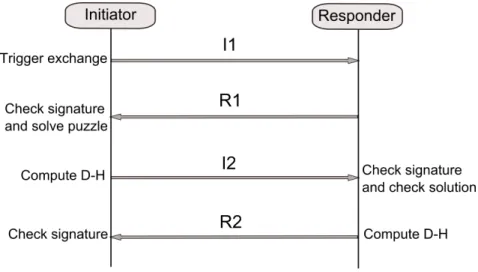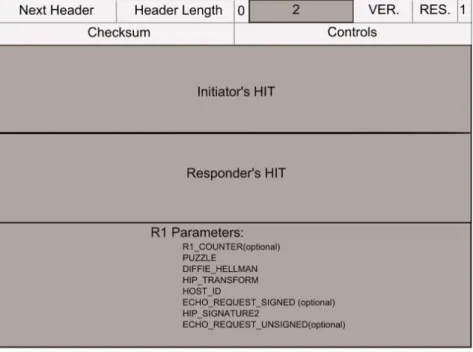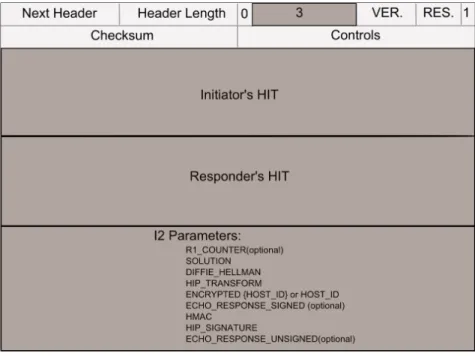Experimental experience with Host Identity Protocol (HIP)
Texte intégral
Figure
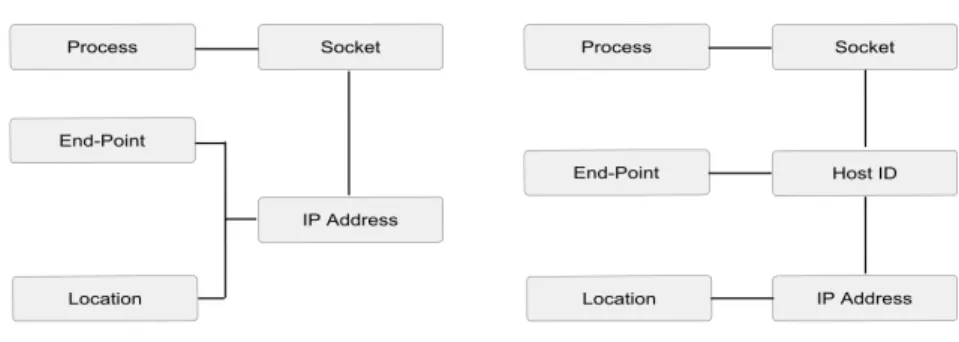
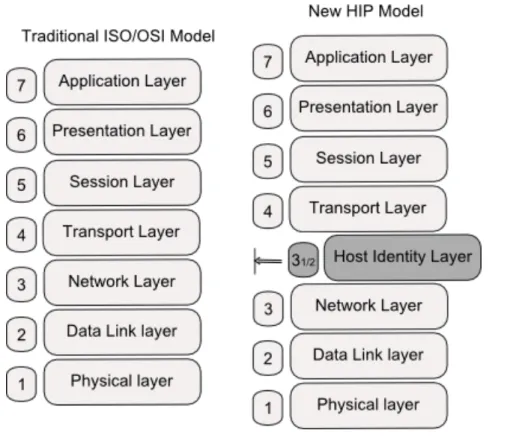

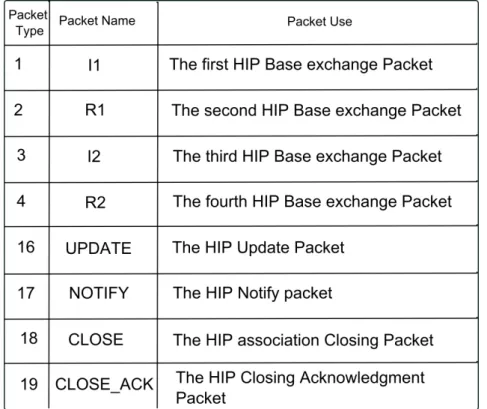
Documents relatifs
The cable modem signals its device class information to the Relay Agent using DOCSIS signaling, and the Relay Agent forwards the device class information to the DHCP Server which
When the user signs onto a foreign HOST via the network, his same user number is used to tag processes he creates in that HOST.. The foreign HOST obtains the user number either
Virginia; on June 3, Terminal IMP #154 was installed at SAAC (Seismic Array Analysis Center) in Alexandria, Virginia; and on June 5,.. Terminal IMP #153 was installed at
The registrar SHOULD include the REG_FAILED parameter in its R2 or UPDATE packet, if registration with the registration types listed has not completed successfully and a
That is, although packets sent to any of the hosts’ interfaces may be accepted on the inbound SA, the peer host in general knows of only the single destination address
This document specifies the IANA guidelines [RFC5226] for allocating new values for various fields in the Address Resolution Protocol (ARP) [RFC0826].. These protocols
of signaling compared to the IETF solution. This is because unlike the IETF approach, MNNs in the HIP-NEMO solution are registered one by one in the RVS to be reachable from
Thinking of television in the Olympics, most broadcaster presentations of the Olympic host discussed here were prompted by tangible, visual imagery strategically located by
